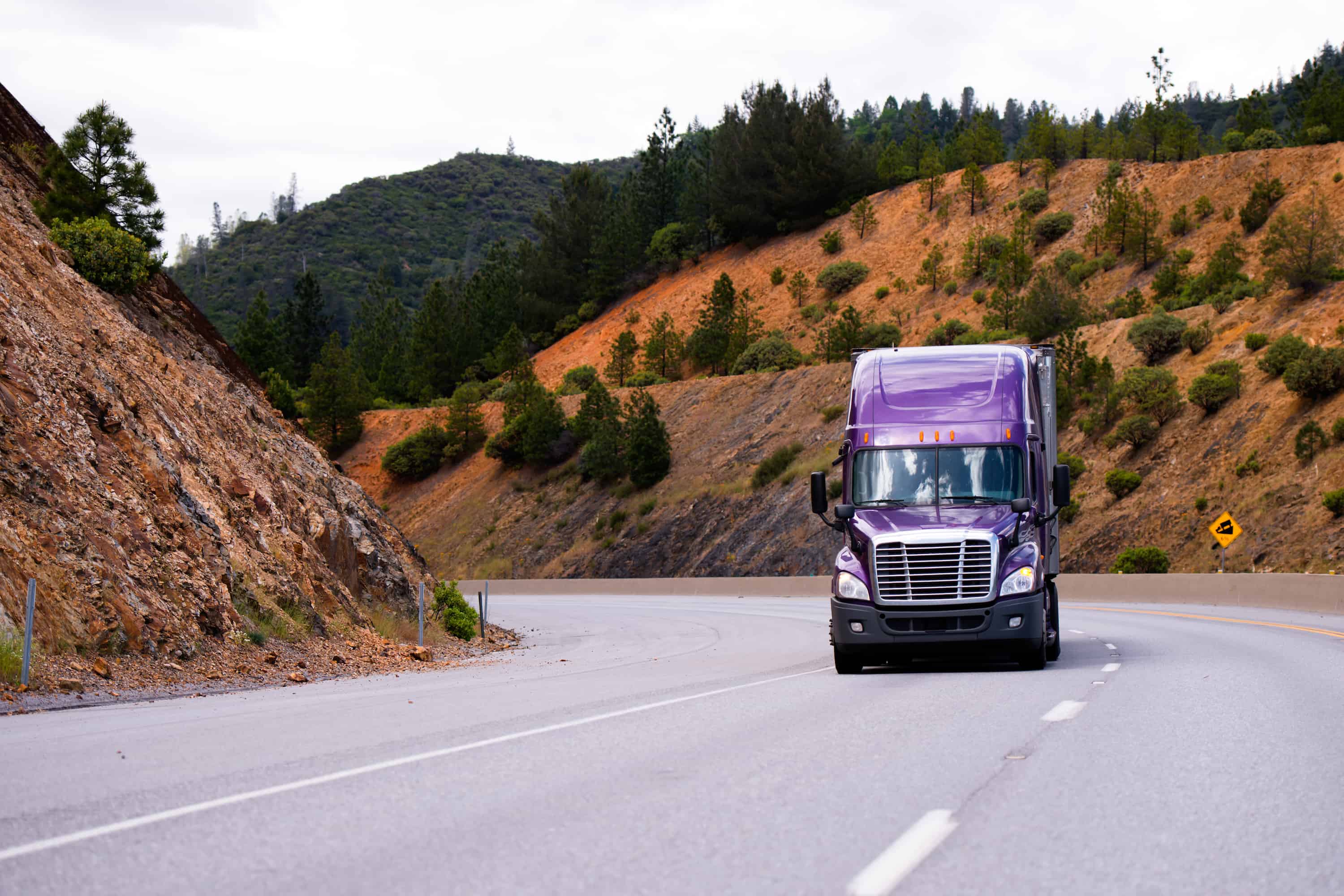 Fleets place a lot of trust in their commercial drivers, but they still need to find ways to mitigate the inherent risks associated with putting drivers behind the wheel. Experience is a critical factor in driver safety, but fleets can’t afford to wait for new drivers to learn by trial and error.
Fleets place a lot of trust in their commercial drivers, but they still need to find ways to mitigate the inherent risks associated with putting drivers behind the wheel. Experience is a critical factor in driver safety, but fleets can’t afford to wait for new drivers to learn by trial and error.
Inexperienced commercial drivers, regardless of age, are more likely to cause accidents. However, safety training and education for new drivers go a long way toward reducing this risk. Here are a few areas fleets should focus on to achieve improved safety for new drivers:
- Safety and risk comprehension. Not everyone fully comprehends a concept the first time they hear it or read it. Providing comprehensive safety and risk training for new drivers can educate them on safe driving practices, what the risks are and where they originate, what causes most accidents, and how to avoid collisions. Follow-up to ensure knowledge transfer is crucial.
- Following distance best practices. Commercial vehicles require more distance to come to a complete stop than passenger vehicles do, and following too closely can lead to rear-end collisions, rollovers, etc. While new drivers may understand this on a cognitive level, it doesn’t always reflect when they get behind the wheel of a commercial vehicle. In addition to safety training, fleets can equip their trucks with technology to reduce this risk. For example, adaptive cruise control adjusts the speed of the truck based on the distance of the vehicle in front of it.
- Maneuvering through intersections. Intersections pose numerous risks for new drivers. They need to know the turning radius of the truck, understand how long it takes to stop when a light turns red, remain aware of shifting traffic patterns, and keep an eye out for pedestrians. Fleets can reduce the likelihood of collisions at intersections by educating drivers on the risks they’ll encounter there and how to avoid them.
- Practicing defensive driving. Inexperienced truck drivers may not be aware of the nuances of defensive driving when behind the wheel of a commercial vehicle. For example, commercial drivers need to look farther ahead than passenger vehicles when checking for potential threats. Commercial vehicles take longer to bring to a stop, and knowing the hazards well in advance gives truck drivers more time to react to avoid a collision.
Holding regular training is great for maintaining a culture of safety, but fleets need to tailor safety courses to their employees. New drivers lack the skills that come with experience, and the safety training fleets provide should address this knowledge gap. Contact the experts at Interstate Motor Carriers to learn more about improving fleet safety.

